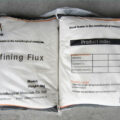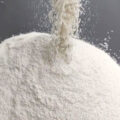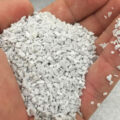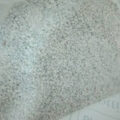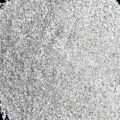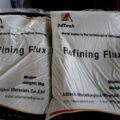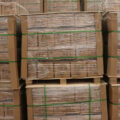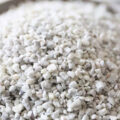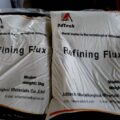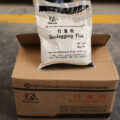There are two common methods for protecting aluminum melt: one is to cover the surface of the melt with covering flux to form a continuous coating; the other is to protect the alloy, that is, to add an oxidizable alloy to the alloy elements, forming a dense protective oxide film on the surface of the melt.
The starting point of these two aluminum melt protection methods is to establish an inert surface, so that the gas and the melt do not interact or greatly reduce the activity of the chemical reaction, so as to achieve the purpose of protection.
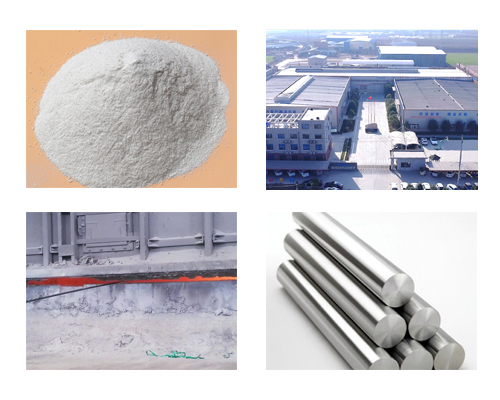
The covering flux for aluminum melt protecting method is applicable to all aluminum alloys. It not only prevents the melt from oxidizing and absorbing hydrogen, but also has the effect of discharging hydrogen. This is because the melting point of the covering flux is usually lower than the melt temperature, the density is smaller than that of the melt, and it also has good wetting properties. A continuous liquid covering film can be formed on the surface of the melt, which can separate the melt and the furnace gas. Separate. Under normal circumstances, oxygen and water vapor cannot or rarely pass through the covering layer and react with the melt. The hydrogen atoms dissolved in the melt, because of their small radius, can penetrate the covering layer and escape.
It has been determined that for aluminum alloys with a magnesium content of more than 1%, the oxide film on the surface of the melt is composed of loose magnesium oxide, which cannot prevent the reaction of metal with gas. Therefore, when smelting these alloys, the first method should be used. In addition to protection, a protective alloying method is used to add (5-50) × 10^-4 beryllium to the alloy to prevent the alloy from oxidizing during standing, casting, and subsequent heat treatment and hot working.
In aluminum melt, beryllium is a surface-active substance, its affinity for oxygen is greater than aluminum, and its ionic radius is smaller than that of aluminum and magnesium. It preferentially diffuses to the surface of the melt or fills the fractured part of the magnesium oxide film. Perform oxidation. The formed beryllium oxide also has the characteristics of high resistance, low decomposition pressure, and good thermal stability. Together with magnesium oxide, it forms a dense spinel-type structure of beryllium magnesium oxide film. Therefore, the oxidation resistance of the alloy is improved, and it has an effective protective effect. In aluminum alloys with high magnesium content, if beryllium is not added, it is difficult to control the magnesium content in the quasi-alloy during the smelting and casting process.



